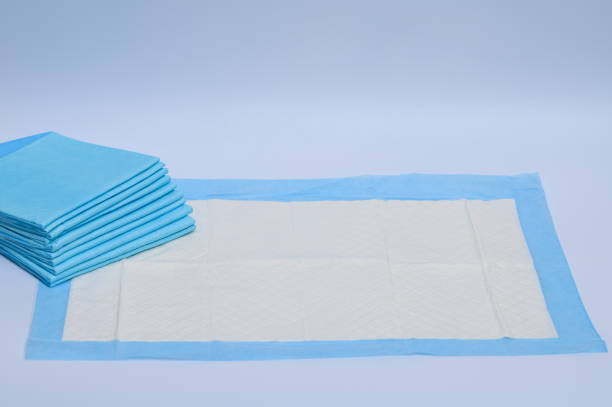How do you use adult incontinence bed pads?
Disposable Incontinence pad is a sanitary product designed specifically for incontinence patients. Its usage is relatively simple but requires careful operation to ensure the comfort and hygiene of the user. Firstly, choosing the appropriate incontinence pad is crucial, as it depends on the user's body size, degree of incontinence, and personal lifestyle habits, while ensuring that the incontinence pad is not damaged or contaminated. When laying the incontinence pad, have the user lie on their side for operation. Unfold and fold the incontinence pad inward by about one-third and place it at the waist position. Then have the user flip the side and flatten the previously folded side to ensure that the entire care pad is laid flat on the bed, covering possible areas of incontinence. Be careful to avoid wrinkles that may cause discomfort.

During use, keeping the adult incontinence pad dry and clean is key to reducing bacterial growth. The design of incontinence pads typically allows users to freely flip over or change sleeping positions without worrying about leakage. The frequency of replacing incontinence pads depends on the degree of incontinence and the water absorption of the pads. It is generally recommended to replace them every 4 to 5 hours, or more frequently when there is a large amount of urine and poor water absorption. When replacing, roll the dirty and wet parts inward to avoid direct contact with the skin. If there is solid waste, it should be disposed of first before replacing with a new pad. When dealing with used incontinence pads, they should be placed in a dedicated bag and disposed of in a non recyclable bin. Pay attention to environmental protection and avoid flushing directly into the toilet to prevent blockage.

In summary, the proper use of disposable incontinence pads requires a combination of selecting appropriate sizes, meticulous placement, regular replacement, and proper disposal of waste, aiming to provide a clean, comfortable, and hygienic care environment for adult incontinence patients.